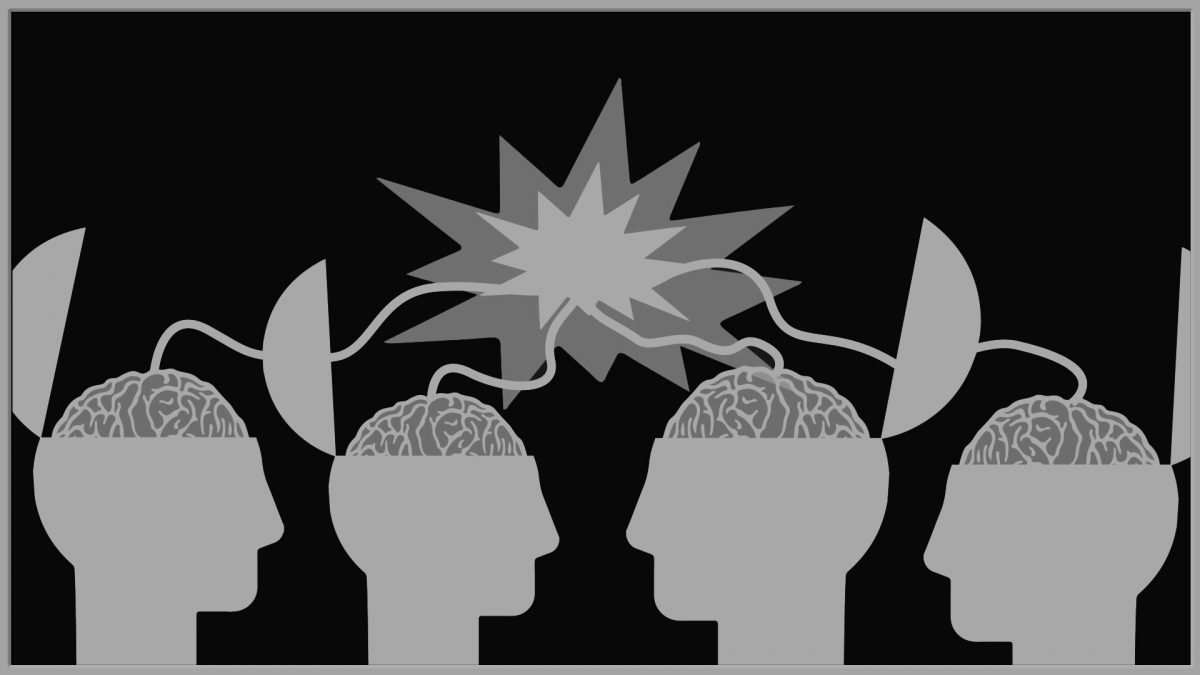Introduction
In the realm of decision-making, the concept of groupthink plays a significant role, often leading to flawed and irrational decisions. Groupthink refers to the tendency of a cohesive group to prioritize harmony and consensus over critical analysis and independent thinking. Rooted in human psychology, this mental model can have detrimental effects on decision-making processes in various contexts. In this blog post, we will explore the concept of groupthink, its relevance in decision-making, its prevalence in our daily lives, and provide strategies to avoid falling into this trap, fostering more objective and effective decision-making.
The Relevance of Groupthink in Decision-Making
Groupthink influences decision-making processes by creating an environment where the desire for consensus and group cohesion overrides the individual’s ability to think critically and objectively. It can hinder the exploration of alternative perspectives, limit creativity, and lead to conformity-based decision-making. Groupthink is relevant in personal life decisions, business scenarios, and public policy-making, where collective decisions can be influenced by the pressure to maintain harmony and avoid conflict.
Examples of Groupthink
- Personal Life Decisions: In personal life decisions, groupthink can occur within close-knit social circles or families. For instance, when planning a family vacation, group members may conform to the dominant opinion without critically evaluating other destination options. This can result in missed opportunities for unique experiences and diverse perspectives.
- Business Scenarios: In business settings, groupthink can impact decision-making processes, especially during brainstorming sessions or team discussions. If team members prioritize maintaining harmony over expressing dissenting opinions, innovative ideas and critical evaluation of alternatives may be stifled. This can limit the organization’s ability to adapt and make optimal decisions.
- Public Policy-Making: Groupthink can also occur in the realm of public policy-making, where decision-makers may prioritize maintaining political consensus rather than engaging in rigorous analysis and debate. This can lead to policies that fail to address complex societal issues adequately and may not represent the diverse needs and opinions of the population.
Mental Biases and Psychological Underpinnings
Several mental biases contribute to the occurrence of groupthink. The Confirmation Bias plays a role by causing individuals to seek information that confirms their pre-existing beliefs and opinions, reinforcing the consensus within the group. The Availability Heuristic can also influence groupthink by making individuals rely on readily available information or examples that align with the prevailing group opinion, without thoroughly evaluating other options.
Moreover, the Illusion of Invulnerability can create a false sense of confidence within the group, making members believe they are immune to errors or negative outcomes. This can discourage critical thinking and dissenting viewpoints.
Identifying and Avoiding Groupthink
To avoid falling into the trap of groupthink and promote more objective decision-making, consider the following strategies:
- Encourage diverse perspectives: Actively seek out and encourage the expression of diverse viewpoints and opinions. Foster an environment that welcomes dissenting voices and promotes constructive debate and discussion.
- Assign a devil’s advocate: Designate someone within the group to play the role of a devil’s advocate. This individual’s responsibility is to challenge prevailing opinions, propose alternative viewpoints, and encourage critical thinking. This helps counteract the pressure for conformity and encourages open-mindedness.
- Embrace constructive conflict: Foster an environment that values constructive conflict and disagreement. Encourage individuals to question assumptions, challenge ideas, and present evidence-based arguments. By creating a safe space for dissent, you can promote independent thinking and critical evaluation of options.
- Seek external input: Actively seek external perspectives and expertise to counterbalance internal biases. Engage with individuals or groups outside of your immediate circle to gain fresh insights and challenge preconceived notions.
Conclusion
Groupthink is a mental model deeply rooted in human psychology that can hinder effective decision-making. By recognizing its occurrence in personal life decisions, business scenarios, and public policy-making, we can take proactive measures to avoid falling into this trap. Through strategies such as embracing diverse perspectives, assigning devil’s advocates, promoting constructive conflict, and seeking external input, we can foster a culture of critical thinking and independent analysis. Awareness and active avoidance of groupthink are essential in making informed decisions that consider a range of perspectives and lead to optimal outcomes.
